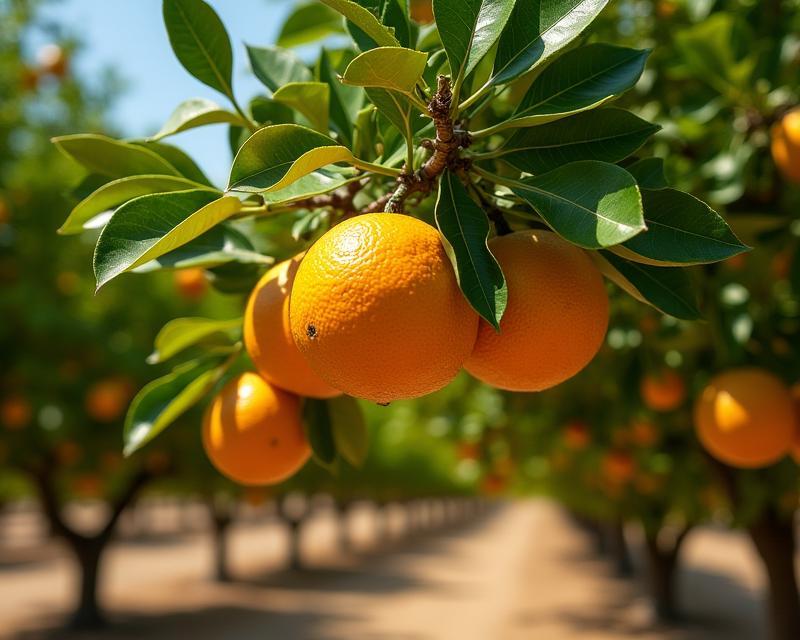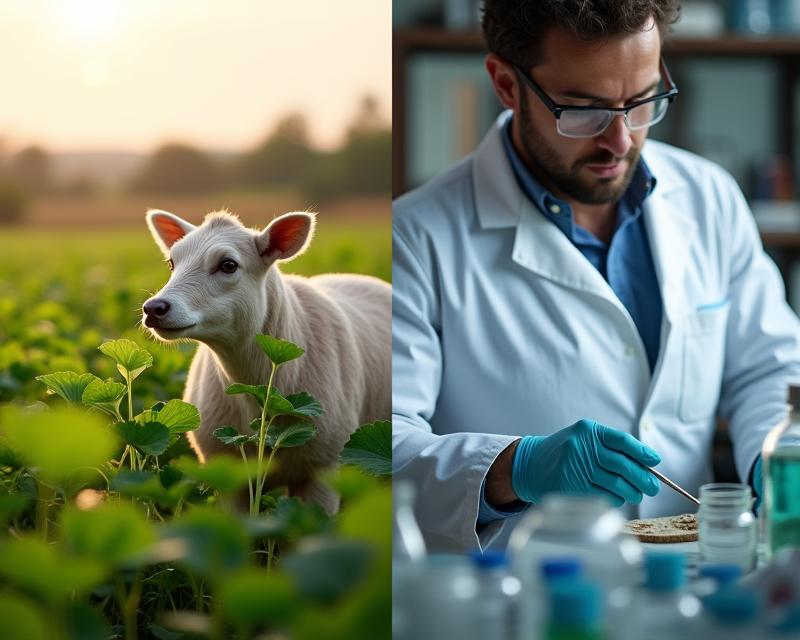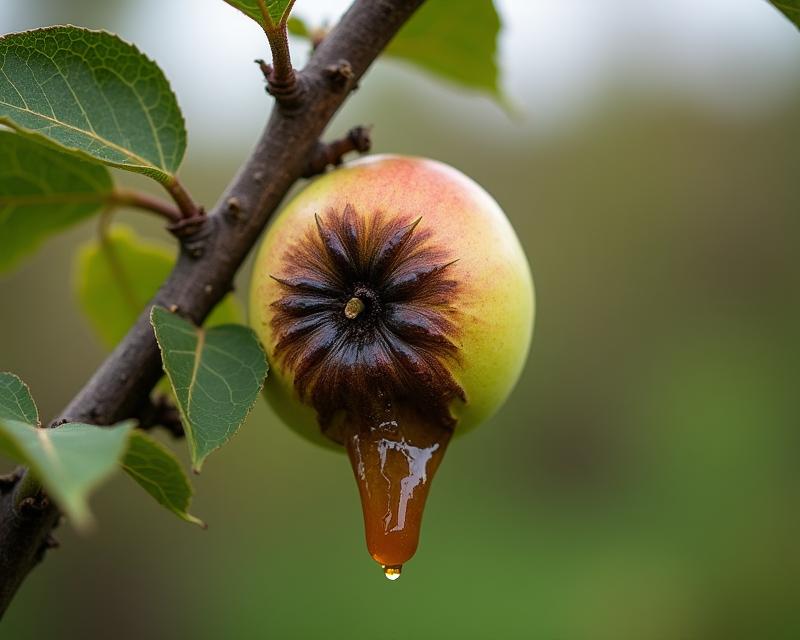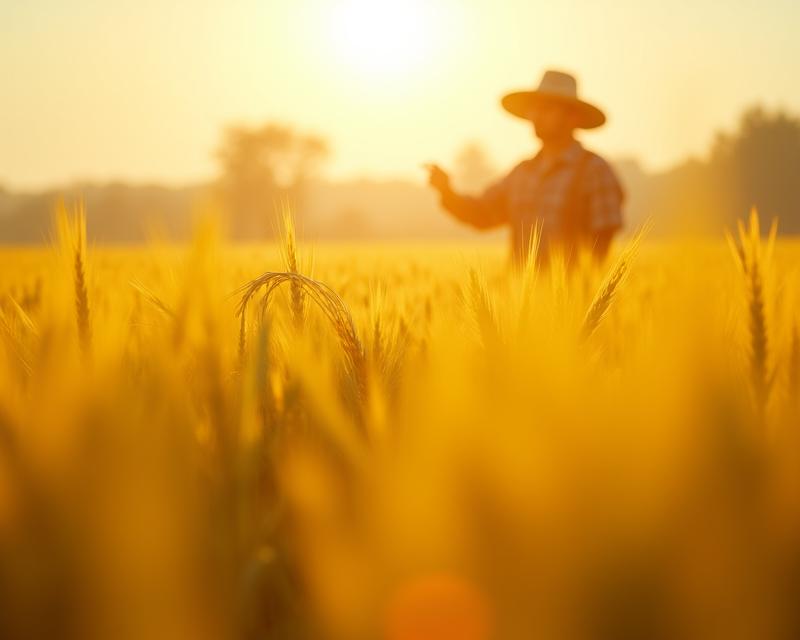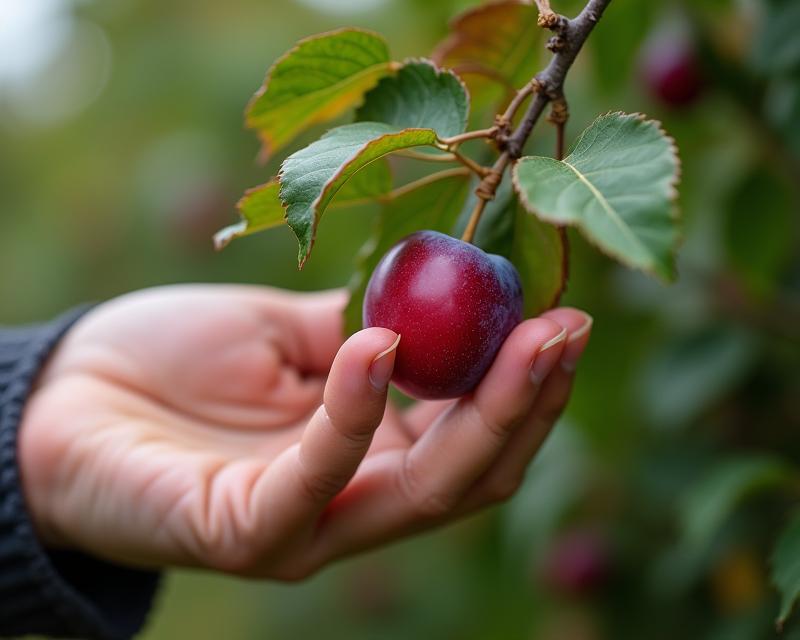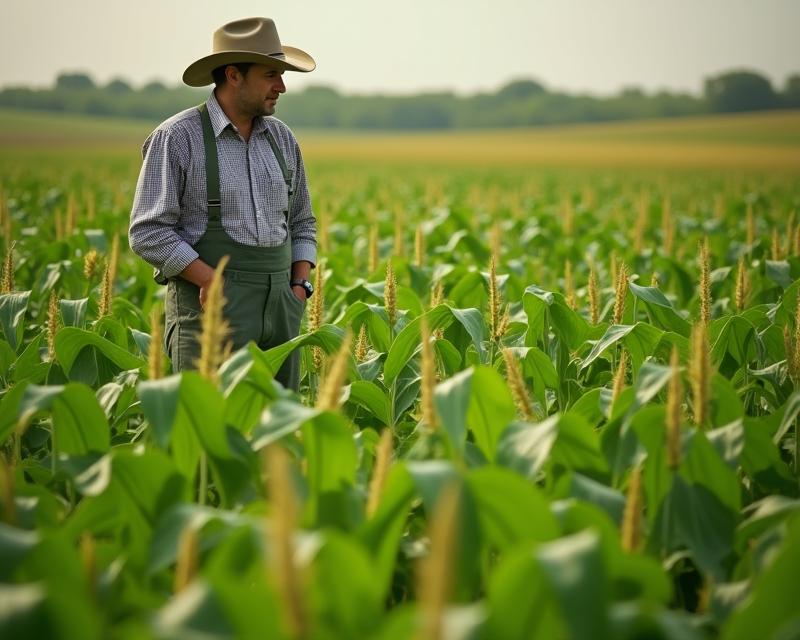Climate-Smart Rice Farming: A Guide
Publish in Crops el 05/07/2025 02:30
Climate-Smart Rice Farming: Adapting to a Changing World
Rice is a staple food for billions, but its cultivation is increasingly threatened by climate change. Rising temperatures, altered rainfall patterns, and more frequent extreme weather events are impacting rice yields worldwide. Fortunately, there are ways to adapt and thrive! Climate-smart rice farming focuses on sustainable practices that reduce water use, increase resilience to climate shocks, and ultimately boost productivity. This guide will explore some key techniques you can implement on your farm.
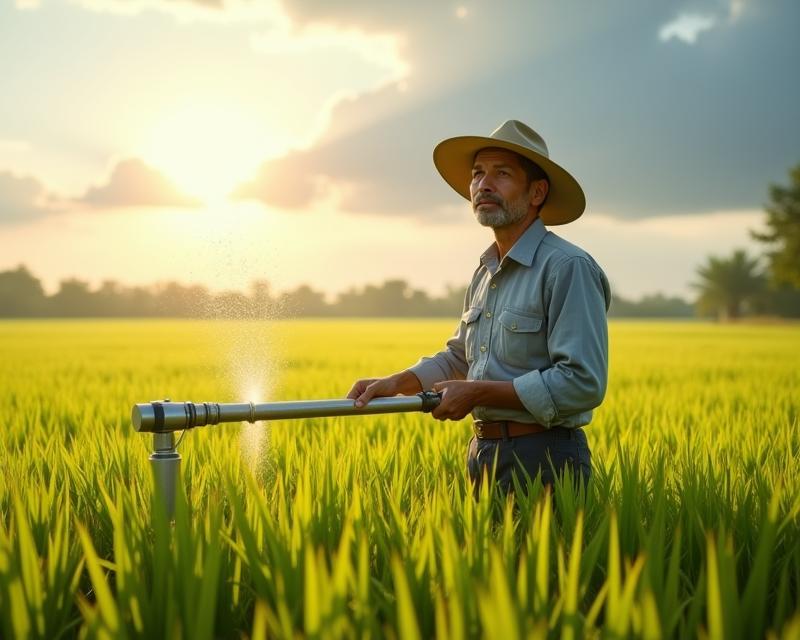
Water-Saving Techniques: Making Every Drop Count
Water scarcity is a major concern for rice farmers. Traditional paddy rice cultivation is notoriously water-intensive. But there are innovative solutions! One effective method is alternate wetting and drying (AWD). This involves periodically draining the paddy fields, allowing the soil to dry out for a period before re-flooding. This significantly reduces water consumption (up to 30-50%) without negatively impacting yield. AWD also helps to reduce methane emissions from the flooded fields, contributing to a smaller carbon footprint.
Another valuable technique is using efficient irrigation systems. Instead of relying on traditional flood irrigation, consider drip irrigation or sprinkler systems. These methods deliver water directly to the roots of the plants, minimizing water loss through evaporation. Furthermore, improving soil health through practices like adding organic matter (compost, manure) enhances water retention, reducing the need for frequent irrigation. Consider no-till farming practices to further improve soil structure and water holding capacity.
Resilient Rice Strains: Choosing the Right Varieties
Developing and utilizing climate-resilient rice varieties is crucial. Scientists are working hard to breed rice that can tolerate higher temperatures, drought, and salinity. These varieties often have improved photosynthetic efficiency and enhanced root systems, allowing them to withstand stressful conditions. Look for varieties specifically recommended for your region and climate. Local agricultural extension services are excellent resources for finding suitable options. Don't hesitate to experiment with different varieties to see what performs best on your farm.
Beyond Water: Holistic Climate-Smart Practices
Climate-smart rice farming isn't just about water. It's a holistic approach that encompasses soil health, pest management, and integrated farming systems. Crop rotation, intercropping (growing different crops together), and conservation tillage can all contribute to a more resilient and sustainable farming system. By adopting these practices, you can not only mitigate the impacts of climate change but also improve the overall health and productivity of your farm. Investing in climate-smart practices is an investment in the future of your farm and the food security of our communities.
- Implement Alternate Wetting and Drying (AWD)
- Use Drip or Sprinkler Irrigation
- Improve Soil Health with Organic Matter
- Choose Climate-Resilient Rice Varieties
Resources: Your local agricultural extension office is a great place to find more information and support.
